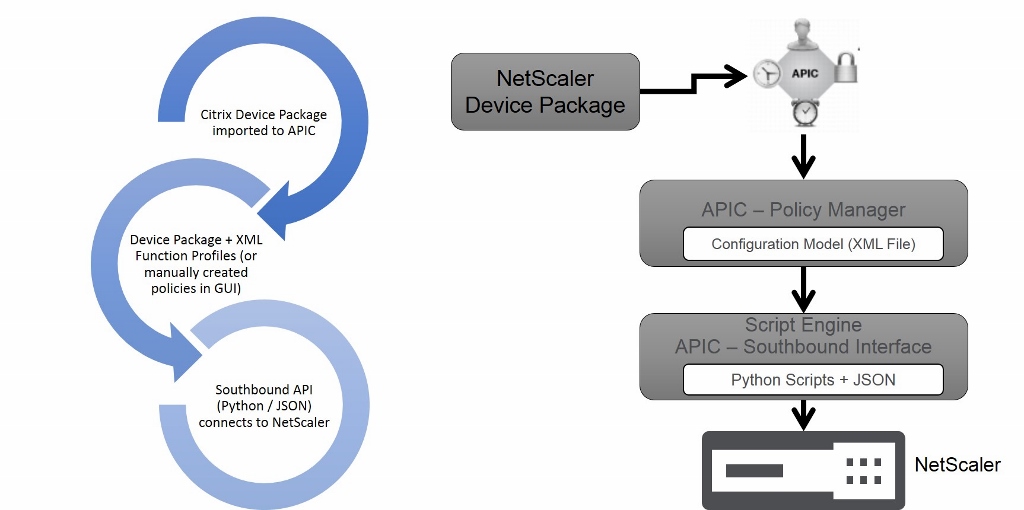DevOps practices can be used to enable operations teams to scale servers and applications rapidly and efficiently without time consuming manual configuration. Extending DevOps functionality to the Application Delivery Controller is critical and needs to be a part of any full-featured DevOps software package.

The world is increasingly moving to a model where infrastructure is managed, deployed and scaled as code. NetScaler has been designed to ensure the best APIs and interfaces, fully accessible to the best modern infrastructure management tools out there.
Puppet Labs has been at the forefront of this movement, and we are seeing an increase in our customers that want to integrate and deploy NetScaler as part of their DevOps processes.
The Puppet Enterprise Module for NetScaler
The Citrix NetScaler team and the Puppet Labs module team are happy to announce the availability of the Puppet Enterprise-supported Citrix NetScaler module. This module lets you manage NetScaler physical and virtual appliances. Puppet unifies tooling and processes that used to be siloed, giving you all the benefits of managing your infrastructure as code. With its declarative, model-based approach to IT automation, the Puppet Enterprise solution enables you to perform functions as diverse as automating simple, repetitive tasks to deploying large-scale public, private, and hybrid clouds.
This functionality let’s operations teams deploy, automate, and manage the configuration of an entire application infrastructure “stack” including compute, network and storage. This gives application developers the ability to elastically expand and contract infrastructure resources, automate application tests, and reduce application development time frames.

